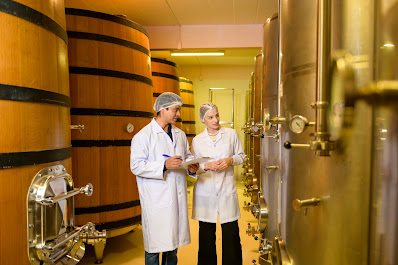Nature’s Precision: How Enzymes Are Revolutionising Textile Bleaching
In the realm of textile processing, bleaching plays a crucial role in enhancing fabric brightness and ensuring colour vibrancy. Traditional chemical bleaching methods, while effective, often involve harsh agents like hydrogen peroxide or chlorine compounds that can degrade fibres, consume excessive water, and generate harmful effluents. The growing emphasis on sustainable, high-performance processes has paved the way for an innovative alternative—enzymatic textile bleaching.
At the heart of enzymatic bleaching lies a class of enzymes called laccases and peroxidases, which catalyse the breakdown of natural pigments and residual lignin in plant-based fibres like cotton. These enzymes operate under mild conditions, significantly reducing the environmental footprint of the bleaching process. Unlike chemical methods that strip fibres indiscriminately, enzymes exhibit substrate-specific action, targeting only the unwanted colour-causing compounds while preserving fibre integrity.
The result? Fabrics that are not only brighter but also stronger and softer to the touch. This precision minimises damage, reduces pilling, and enhances the dye uptake potential in subsequent stages, leading to richer, longer-lasting colours. Moreover, enzymatic bleaching often requires lower temperatures and pH levels, which translates to lower energy consumption and reduced chemical usage—a boon for both manufacturers and the environment.
Beyond cotton, enzymatic bleaching is finding applications in linen, jute, and other cellulosic textiles. As enzyme engineering advances, tailored formulations are being developed to suit various fibre types and processing requirements. These innovations open new doors for eco-friendly, high-efficiency fabric treatment in both large-scale mills and small textile units.
In an industry under pressure to reduce pollution and adopt greener practices, enzymatic bleaching is a science-backed solution delivering on both performance and sustainability. It offers a future where colour brilliance doesn't come at the cost of environmental health—a future driven by the intelligent use of biological tools.
Source - https://www.biolaxienzymes.com/the-science-of-enzymatic-textile-bleaching-for-brighter-colours/




Comments
Post a Comment